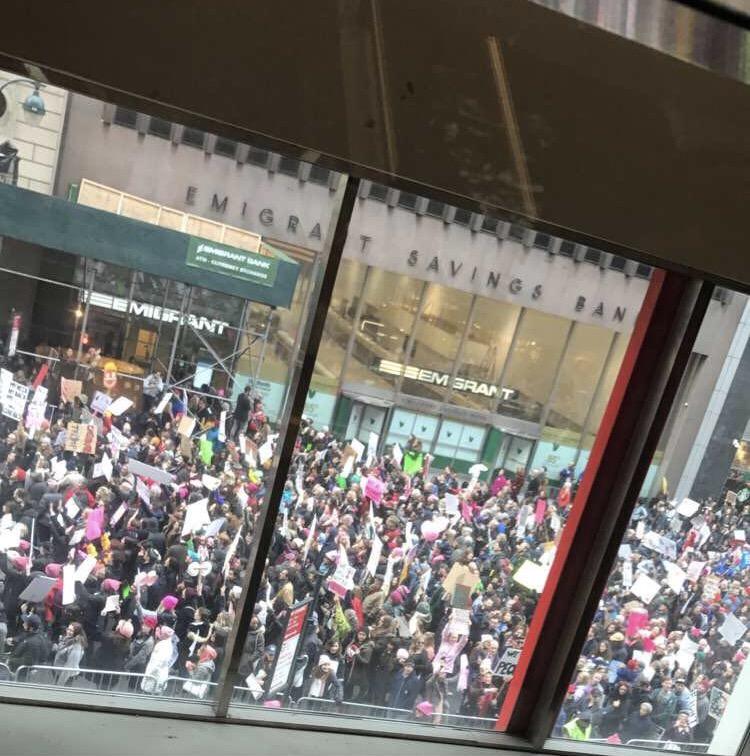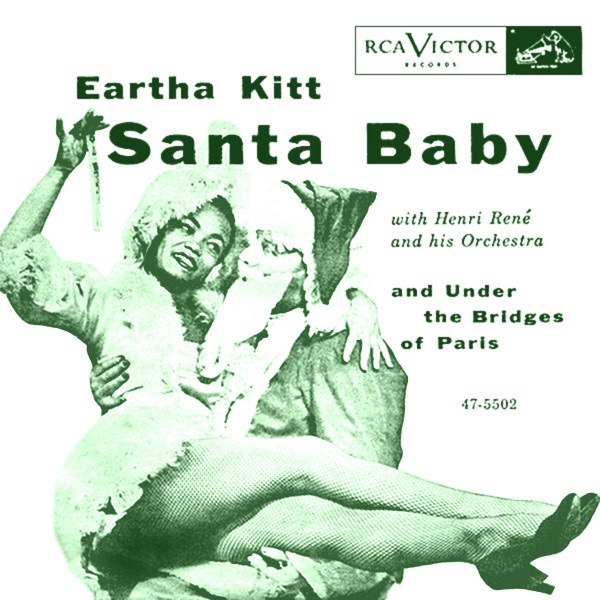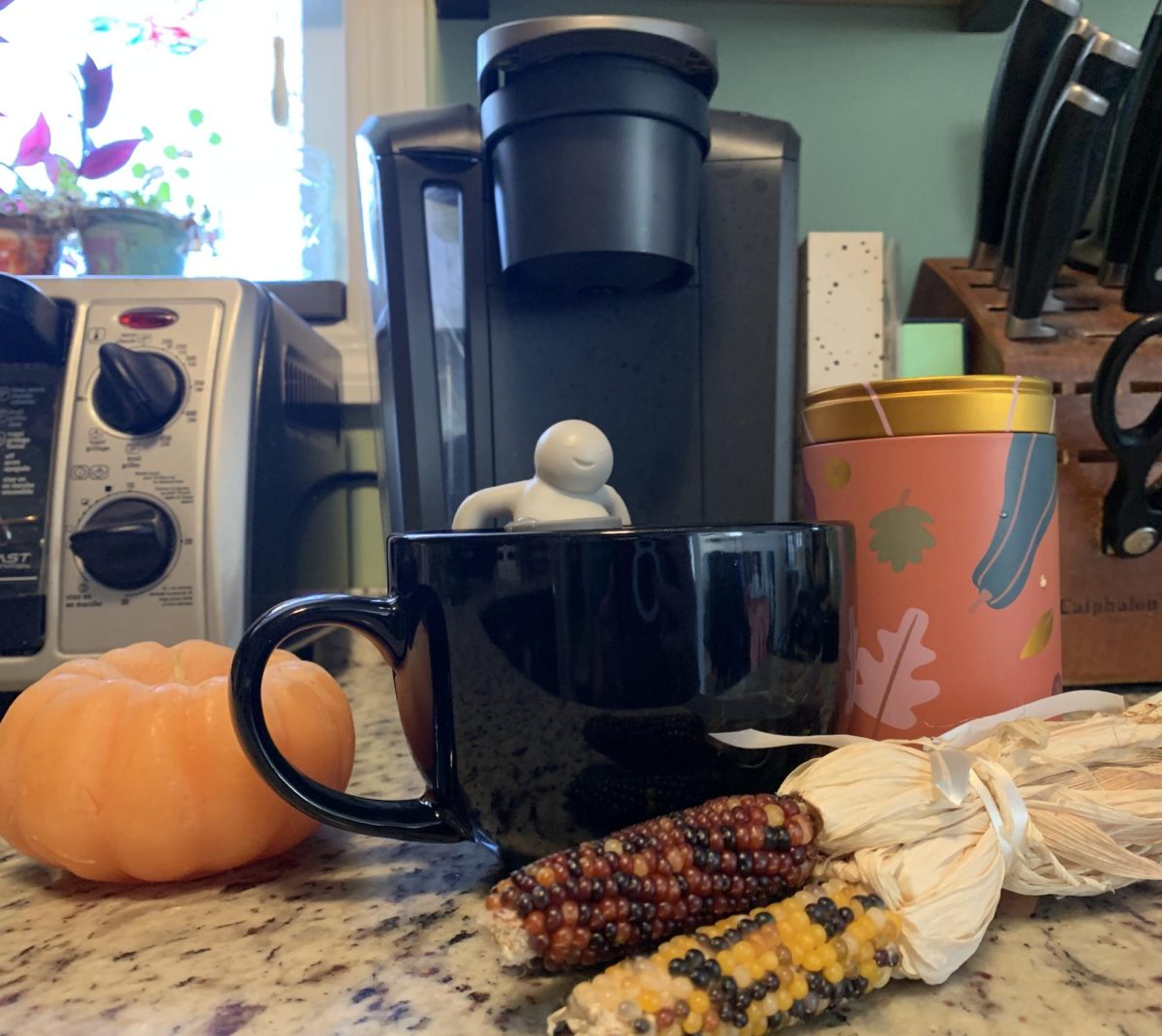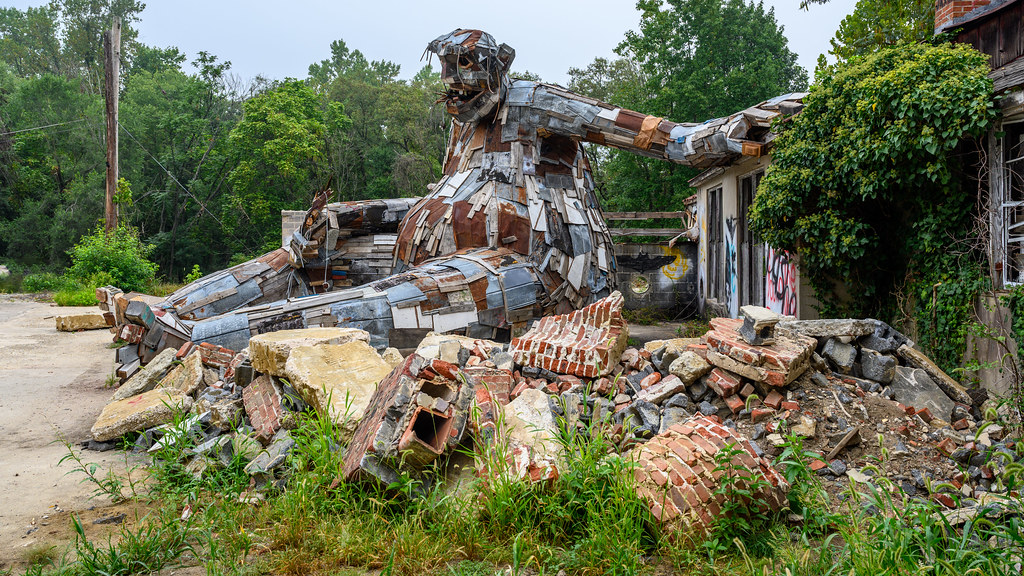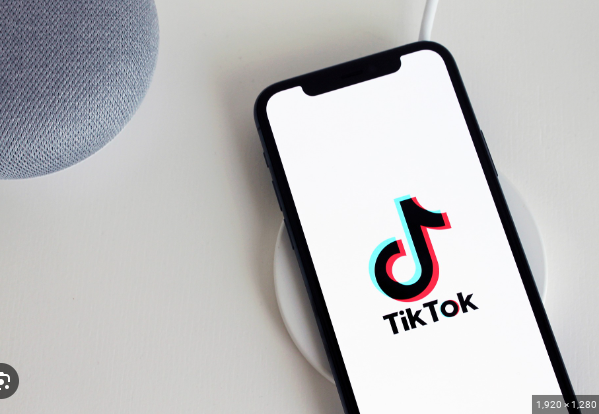On January 21, 2017, several major cities around the world witnessed “Women’s March” protests. These protests intended to raise awareness for the human rights that many believe the proposals of the Trump administration threaten.
These protests took place the day after the inauguration of the 45th President of the United States Donald Trump. While these protests primarily stood to advocate for women’s rights, they also served as platform for protesters to draw attention to the rights of immigrants, Muslim Americans, people who identify as LGBTQIA, Native and Indigenous people, Black and Brown people, people with disabilities, the economically impoverished, and survivors of sexual assault. Many who attended also protested in name of climate change awareness.
The primary march took place in Washington, D.C. and was named the Women’s March on Washington, a tribute to Dr. Martin Luther King’s 1963 March on Washington.
The Women’s March on Washington was a free event in which protesters were scheduled to attend a 3-hour long rally at 10 am, followed by a march at 1:15 pm.
The rally consisted of a program featuring nationally recognized advocates, artists, entertainers, entrepreneurs, thought leaders, and others. Actress Ashley Judd was on the list of notable speakers. She recited a powerful poem by a 19-year-old Tennessee native named Nina Donovan called “I’m a Nasty Woman,“ written in response to Donald Trump’s misogynistic campaign rhetoric. Other notable speakers included singer-songwriters Alicia Keys and Madonna, actress America Ferrera, etc.
While the expected turnout for the Women’s March on Washington was roughly 150,000 individuals, nearly 500,000 were in attendance. According to the New York Times, this number is roughly three times the size of the audience at President Trump’s inauguration.
This theme of incredibly large crowd sizes persisted around the world at “sister marches” to the Women’s March on Washington. These 673 total sister marches took place in cities such as New York City, Los Angeles, Chicago, Salt Lake City, London, etc.
The Women’s March in New York City had an expected attendance of roughly 100,000 people; however, nearly 600,000 individuals showed up.
The New York City Women’s March was an overall positive experience. While many would assume that individuals so tightly packed together, like sardines, within the streets of New York would become irritable and agitated towards one another, the exact opposite occurred. Protesters were kind, gracious, peaceful, and in great spirits.
Janeesa Martinez, a Linden High School freshman, attended the Women’s March in New York City and was pleasantly surprised by the event’s composure: “First of all, I didn’t expect so many people to show up. It kind of warmed my heart and made me feel happy to know that so many people, not just women, were willing to come together to fight for the same causes. Everyone was in a really good mood and was very peaceful, and that made me hopeful for the future. I’m excited to see what’ll happen within the next few weeks.”
Like Martinez, many people wonder how it’s possible to move forward in the face of global concern regarding Trump’s presidency.
Many believe this can only be done if the people of the world continue to resist the Trump administration by embracing diversity and the spirit of democracy – which Donald Trump so blatantly challenges. The easiest way to do this would be through the attendance of future protests and anti-Trump rallies which individuals can find out about through social media.
Overall, the January 21st Women’s Marches sent a bold message to the new administration on their first day in office: that their campaign proposals to revoke basic human rights and neglect the oppressed would not go unnoticed.




